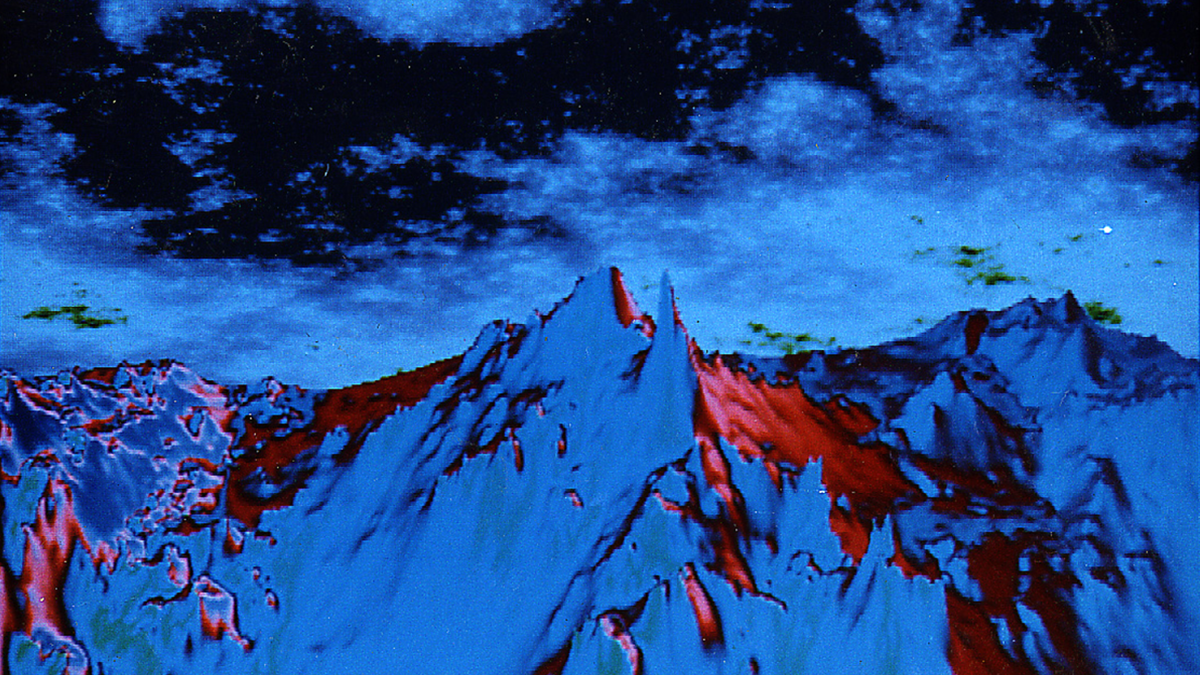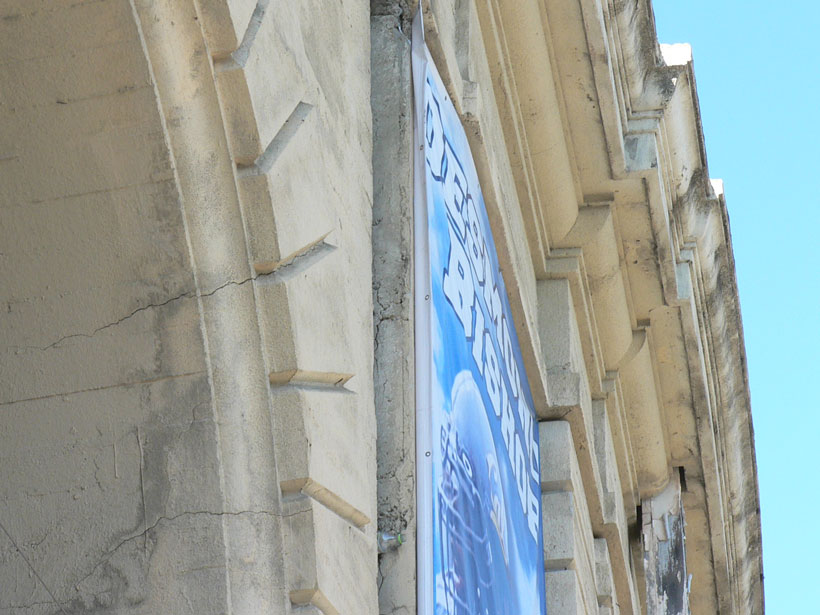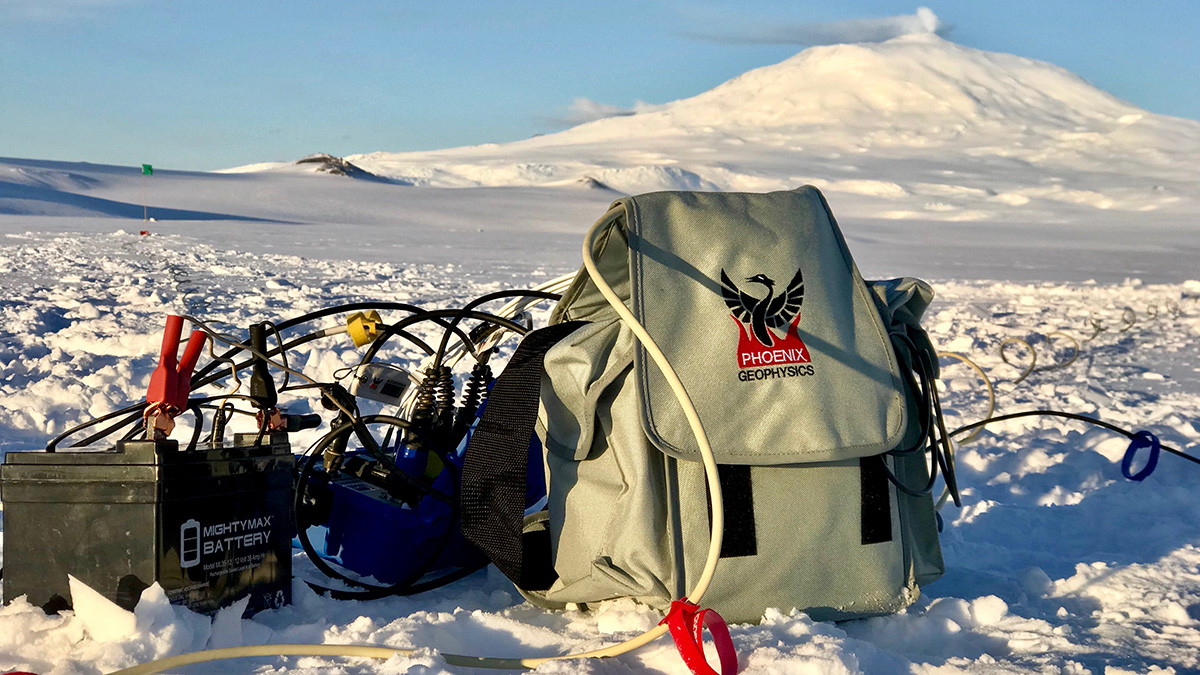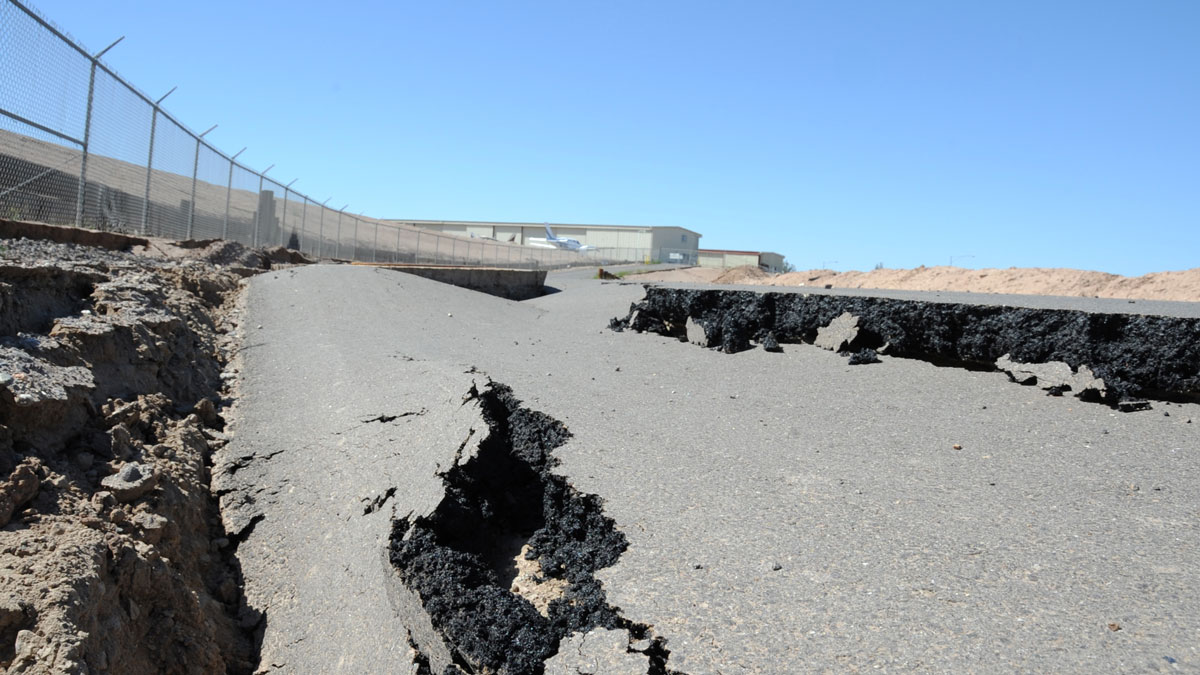While studying tectonic plates and sand, Wright works on a program to make the geosciences more equitable.
geophysics
Rita de Cássia dos Anjos: Never Settle for Things as They Are
The award-winning astrophysicist is using her visibility to call attention to inequalities in the Brazilian science community.
Nobel Recognition for the Roles of Complexity and Intermittency
The 2021 Nobel Prize in Physics was awarded to three scientists “for groundbreaking contributions to our understanding of complex physical systems.”
Massive Groundwater Systems Lie Beneath Antarctic Ice
Scientists are updating ice stream models to understand the ways in which deep groundwater systems impact ice flow.
A “Dam” in the Corona May Make the Solar Wind Gain Its Unusual Speeds
A new study supports the idea of a “helicity barrier” influencing the fluctuating stream of interplanetary plasma.
Rock Music in Utah
Three-dimensional models could help forecast rock tower frequencies—and seismic impacts—around the globe.
Earthquake Modelers Unite to Compare and Improve Code
International community–driven efforts lend confidence to fault-slip simulations while highlighting key discrepancies.
Magma Lingers at Different Depths on the Basis of Its Water Content
The discovery, gleaned from observations of volcanoes on four continents, could help constrain models of volcanic eruptions.
Buscando terremotos en la ionosfera
Los terremotos pueden liberar ráfagas de energía eléctrica que se pueden sentir en la ionosfera, a kilómetros por encima de la Tierra. Sin embargo, la teoría sigue siendo controvertida.










